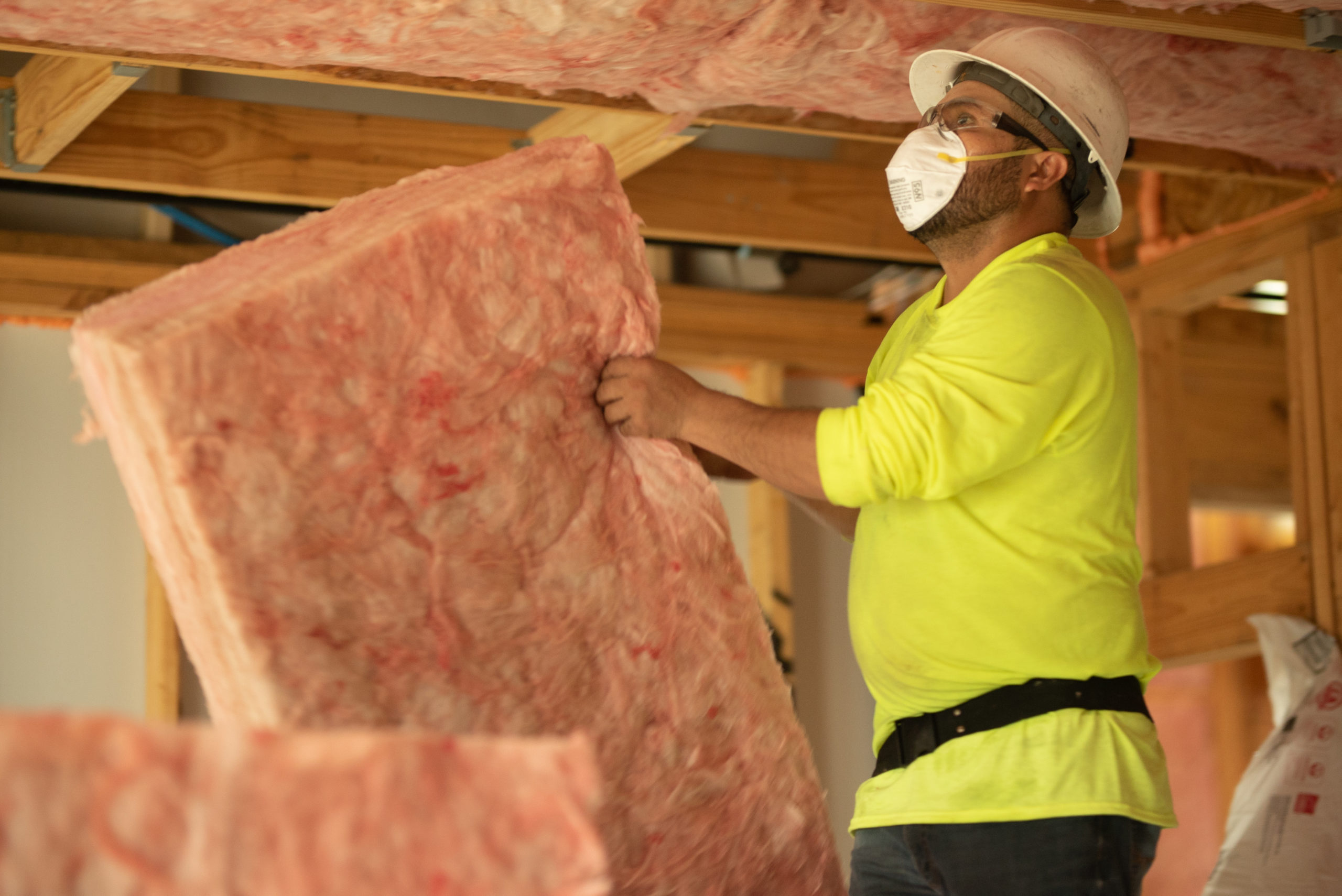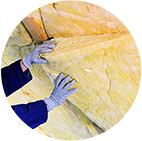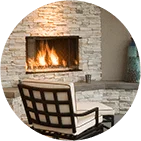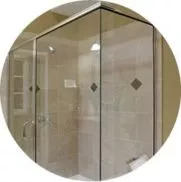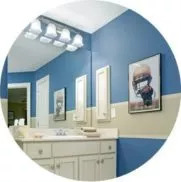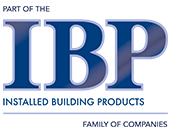- 5861 Queens Ave. NE Elk River, MN 55330
- Contact Us
Frequently Asked Questions
Q: Where can I find more information about rebates and savings for energy efficient upgrades to my home or construction project in the Twin Cities and surrounding areas?
A: For the most up-to-date information, we recommend that you check out the ENERGY STAR website.
Q: How do I know if a building product or method is compliant with the current building code?
A: We suggest that your refer to the ICC Evaluation Service.
Q: I’m trying to find current building codes for the Twin Cities and surrounding areas. Where is the best place to locate the most up-to-date version?
A: Check out the Minnesota State Department of Labor and Industry. It’s a great resource for building codes in the state of Minnesota.
Q: What is insulation R-value?
A: The R-value of a type of insulation measures how well it stops heat transfer. Generally, the higher the R-value, the better the insulator.
Q: How much does insulation save?
A: According to the U.S. Department of Energy, about 45 percent of a typical homeowner’s utility bill comprises heating and cooling costs. You can save up to 50 percent on your energy bills, and re-insulating is a great way to increase the energy efficiency of your home. Specifics about how much energy you can save withinsulation depends on factors like the size and construction of your house, the type of HVAC systems you have and more.
Q: What are the benefits of insulation?
A: Insulation—no matter the material—can help:
- Maximize energy efficiency
- Make your home more comfortable year round
- Provide soundproofing
- Improve the performance and efficiency of your HVAC systems
- Contribute to a healthier environment
Q: Do I need more attic insulation?
A: Can you see your floor joists in the attic (the wooden beams running across the floor)? If the insulation is level with or below the joists, you may need to re-insulate the attic. Other signs include higher than normal energy bills, unusually warm second story and snow melting too quickly off the roof or ice dams.
Q: What are my insulation options?
A: There are many different types of insulation. Spray foam insulation is one of the most commonly installed types of insulation (and we are the largest spray foam insulator in the IBP network). Fiberglass, cellulose, rigid foam and vinyl are other materials.
Q: Can insulation be reused?
A: Yes, some materials can! When installed by professionals, cellulose can be completely recovered and reused on site, leaving hardly any excess material to go to waste. Fiberglass insulation is another material that can be reused after the initial installation and is recyclable. It can be removed easily and put back in place. Fiberglass can also be reclaimed from demolition debris and recycled into a new product.
Q: What is blanket insulation?
A: One of the most widely types of insulation installed, blanket insulation consists of batts or rolls and is often made from fiberglass, though mineral wool, plastic, cotton and sheep’s wool are other available materials. Standard fiberglass blankets have a thermal resistance value, or R-value, of R-2.9 to R-3.8 per inch of thickness.
Q: How long does insulation last?
A: If you just moved into a newly built house two years ago, you’re probably fine. Modern homes are well insulated and more energy-efficient than homes built even a decade ago! You should consider re-insulating and if your home was built in the 1970s or earlier or if you’ve been living in your home for years without ever checking the insulation. If you’re experiencing higher than normal energy bills (with no increase in usage), drafts or an unusually warm second story, you may need to remove old insulation and replace it with new layers.
Q: What is spray foam insulation made of?
A: Polyurethane, a polymer made of organic units, is the most commonly used material for spray foam. Although polyurethane has been around since the 1940s (where it was used by the military for airplanes), it wasn’t used for insulation until the 1970s. Polyurethane spray foam contains a low-conductivity gas in its cells and is available in closed-cell and open-cell form.
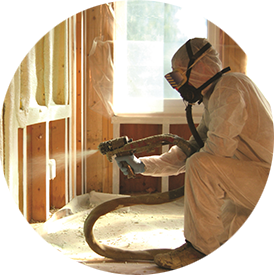
Our team installs energy-efficient spray foam insulation to keep homes and buildings more comfortable.
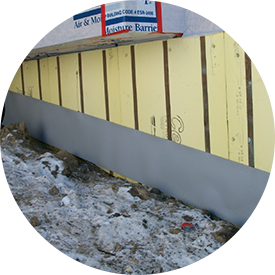
Help prevent mold and moisture infiltration in homes you build with our waterproofing services.
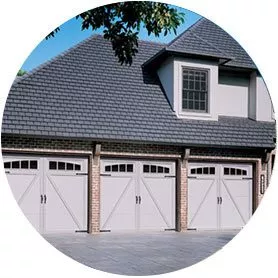
We sell, install and service a complete line of steel, wood and aluminum garage doors.

Bathrooms are a necessity in every home, but not every bathroom has the ability to impress.
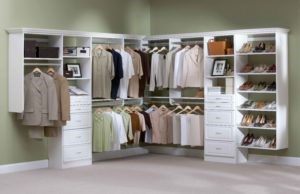
A closet allows you to better organize your home, giving you a place to put clothes, boxes and other supplies where they are out of sight but easily accessible.
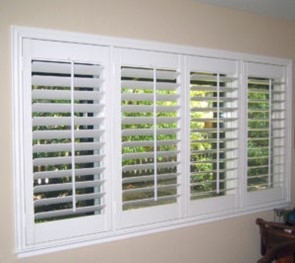
We work with builders, contractors and homeowners on residential new construction and replacement projects.

